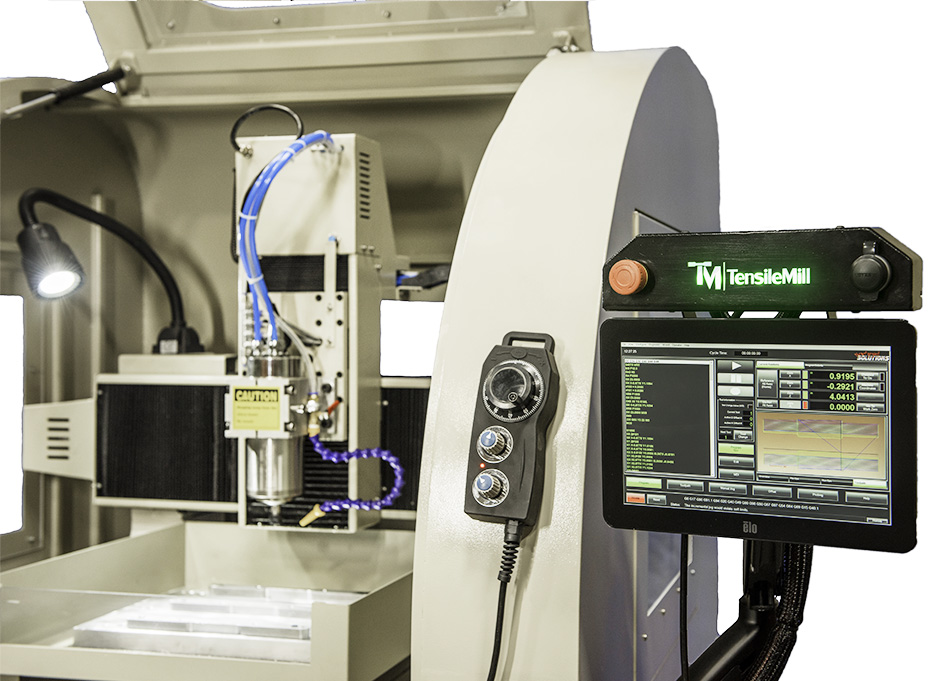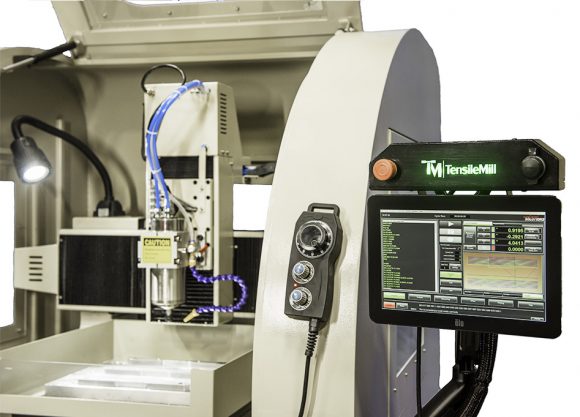How the 3D Industry Benefits from Tensile Sample Preparation
3D Printing Technology has made a lot of manufacturing processes easier and convenient. By being able to print items in all three dimensions, these 3D printers are less like your standard computer printer and more like miniature manufacturing facilities where one’s designs can be translated to actual objects within minutes.
However, like all forms of technology, it is not without its flaws. It is also important to remember that the technology has just recently gotten off its infancy stages, which means that there is still a lot of improvement with the industry it has created.
And this does give rise to the question: can materials testing processes like Tensile Sample Preparation contribute to the industry’s eventual improvement?
The answer is a yes. But to support that contention, it is best to lay out a few concepts first.
 The Problem with 3D Printing Today
The Problem with 3D Printing Today
3D printing has a straightforward concept. You should think of the entire concept as something similar to a standard manufacturing process. The operator has to feed the 3D printer a design and then set up the exact specifications.
Once the computer understands what needs to be “printed” it will do the rest of translating that design into an actual 3-dimensional object. If done right, the printer should be able to create an object with the right size, dimensions, and measurements within a few minutes to an hour.
With that concept, 3D printing should make for a revolutionary technology as it can streamline manufacturing processes. In some cases, 3D printing has been even known to reduce machine downtime for maintenance as one can easily print a temporary replacement component within hours.
Of course, 3D printing has also found its way into other fields aside from manufacturing. That includes the Arts, Medicine, and Home Improvement.
The problem, however, is that 3D printing has yet to reach its full potential. There is still a lot of issues that need to be addressed with the technology before it can become a viable alternative to many manufacturing processes.
Out of all the issues that plague 3D printing now (which includes human error and design limitations), perhaps the most pressing one as far as manufacturing is concerned is the quality of the output itself.
There are quite several materials that are commonly used for 3D printing projects today. Plastic and resin powder tend to be the most common printing materials but it is not unheard of to use harder objects like metal to print objects with.
Of course, the printing process differs for each material with plastics being injected to form the object while harder materials like metal need to be carved.
The problem with most 3D printing projects is that they are not fully optimizing their materials in terms of durability. The machine might print out a fairly accurate representation of the design but most of the output does not last for more than a handful of uses before degrading.
What complicates things further is that the costs involved in 3D printing are comparatively more expensive than other manufacturing processes. Thus, creating a single 3D object without fully understanding how it reacts to stress ultimately leads to the production of fragile and inferior components.
How Tensile Sample Preparation Can Help
The primary purpose of tensile testing is to give a fairly accurate prediction as to how materials can behave when subjected to certain levels of stress and tension. In essence, the entire process helps you determine the level of tensile strength that a material to determine whether or not it is the most appropriate material to use for a specific printing project.
Tensile testing is utterly dependent on accuracy which means that the samples themselves must be prepared to meet certain specifications. To do this, the sample must be cut and shaped into a form, not unlike that of a dog bone.
What that simply means is that sample must be comprised of two blocks or shoulders of the same dimensions connected by a narrower shaft in the middle. The edges of the two blocks can either be curved or rectangular as long as both ends have identical measurements.
Why this specific shape, then? The reason is to set a baseline where the material is most likely to break. For this shape, the most predictable zone of failure will be the narrow shaft in the middle.
To properly test the sample, it will be secured to the machine by pneumatic grips attached to loading cells. Each loading cell will correspond to a certain degree of tension while an attaching extensometer will record the behavior the breakage takes during the test.
Then, the machine will slowly pull at the sample at both ends until it deforms, bends, or breaks. As with all tests, this process will be conducted on other identical samples to ensure the most accurate figures possible.
Purpose
What information does the tensile test yield? The manner of how the sample deforms under certain conditions will tell us how that material might behave if exposed to the same level of tension once it is used on a 3D object.
What most testers seek out with this process is the maximum tensile stress and the extent of the deformity or strain until breakage. When one divides the amount of stress over the strain, they would get the overall elastic modulus of the material.
Ultimately, the test will help determine if that material possesses the right inherent qualities to withstand multiple usages before breaking. Keep in mind that no single object is completely invulnerable to stress. Eventually, that component will break under stress regardless of what material it was made of.
But with the sample preparation procedure followed by the test proper, one can determine if whatever material they are going to use for a particular 3D project is the best possible option. Of course, other parameters would have to be observed such as project specifications. That being said, the test will most certainly help a tester see how that object might perform under stress if it was made of one particular material or compound over other alternatives.
Determining the point of failure can help manufacturers choose which materials are best suited for a particular 3D project

